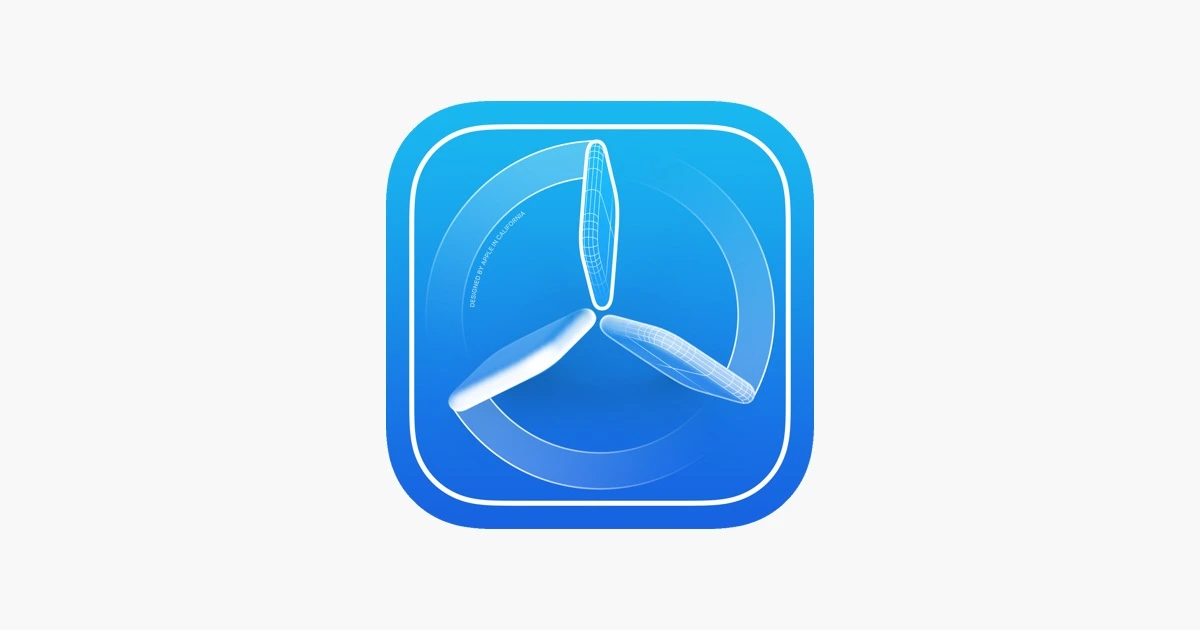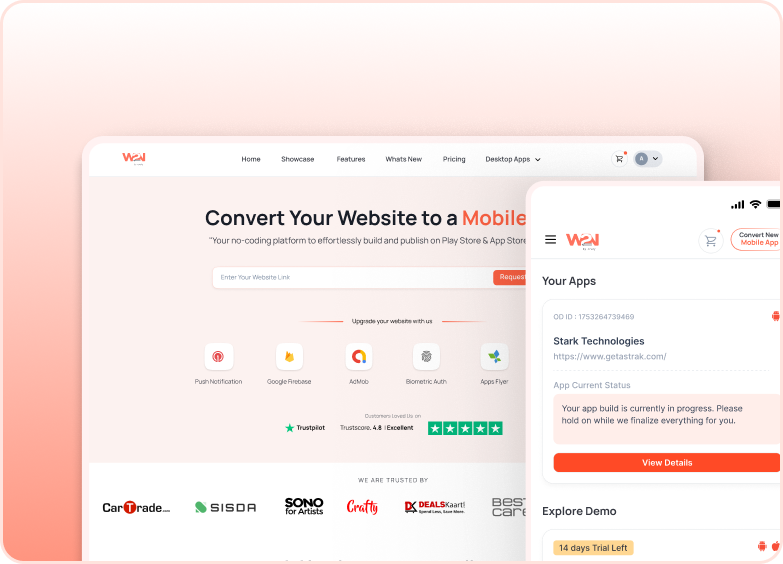Maximizing App Quality with TestFlight- Apple's Beta Testing

Author:
Webtonatives
24 April, 2025
TestFlight is a beta testing service that tests iOS apps before publishing them on the Apple App Store. It is a test-and-trial method that reduces the gap between app development and app deployment, allowing one to see how the app works in real-time. It is a platform where developers distribute their apps to testers to find bugs and get user feedback. This blog will explore what TestFlight is, its benefits, and how to use it.
What is TestFlight?
TestFlight is a testing platform designed by Apple that enables developers to provide beta versions of their apps to internal and external testers for testing purposes and collect feedback. It improves app quality before launching your app on the Apple App Store.
Benefits
1. Smooth Distribution to Testers
TestFlight makes the process of distributing beta versions of your apps to testers smooth. Developers invite both internal and external testers, making it flexible to scale testing and reach a broader audience. It allows developers to design screenshots, descriptions, and other information before the official app launch. The app should function effortlessly across different devices and tailor user behaviours before launching it on the Apple App Store.
2. Early Feedback
TestFlight provides a seamless and direct method for testers to give feedback. It helps in gathering effective feedback from the testers of different groups of testers. Testers’ feedback makes it easier for developers to tailor bugs and resolve issues. It relies on actionable and contextual feedback from testers that depends on specific user interactions or sessions.
3. Support Multiple Builds
TestFlight allows developers to manage and test multiple builds simultaneously. This means teams can conduct A/B testing by inviting different testers to test on different versions of the app. It helps gather different feedback from testers based on their different builds. Testing the app on different versions helps teams iterate faster, make appealing design options, and make effective decisions based on real-time feedback on a single testing platform.
4. Beta Testing on all Apple Platforms
TestFlight offers the most powerful aspect that it supports beta testing across all Apple platforms. This cross-device compatibility allows developers to ensure the app’s consistency and functionality. Developers test how the app works on different platforms or devices to detect any bugs or issues. It helps in reducing market time test for apps, as you can test within a single system.
5. 90 Days of Testing
Each build is uploaded and activated for testing for 90 days on TestFlight. The builds will automatically expire after 90 days and will no longer be eligible for testing. This period of testing reveals bugs, usability issues, and other issues. Developers can release the new changed builds within the same window to allow testers to give feedback and updates without restarting the whole testing process. This approach helps developers with complex apps that require multiple builds or feedback. It decreases the pressure to rush testing, making for effective development and assured quality.
6. Boost App Quality
TestFlight helps developers to boost their app’s quality before the final release by identifying bugs and usability issues during the testing process, making it more stable and professionally refined. Developers can catch hidden issues, performance problems, and edge cases by testing with a wide range of devices and testers in the ongoing development process. Catching the issues in an early process ensures the app runs smoothly to meet all user expectations.
How To Use TestFlight?
1. Enter test information
Enter test information about your app, including description, features to be tested, and email address for feedback submission. You can also show app screenshots and the app category if approved.
2. Upload your build
Upload your build to the App Store Connect. Review Cryptography and U.S. export rules to determine if you need to submit app encryption documentation for your app. You can test your build for up to 90 days. You also have the option to upload assets of your build that can be managed separately from a build using Apple Hosted Background Assets. NOTE: They must include app identifiers with the distribution profiles to make builds eligible for TestFlight.
3. Invite Testers
Create groups of testers, assigning them different builds. After assigning builds to testers, you can add internal and external testers to test your app. For inviting external testers, your beta build will need to be reviewed. The build will be sent for App Review to ensure it is following the App Review Guidelines, only when you add the first build of your app. A review is mandatory for the first build. Future builds may not require a complete review. Testing can begin once the build is approved. NOTE: The Managed Apple Account cannot be used for testing builds.
4. Testers install TestFlight and Accept your Invitation
Testers will install the TestFlight App on their devices. The testers will use an invitation email or a public link to accept the invitation to install your app, get updates, and send feedback. Testers install device-specific variants of your app. NOTE: Set specific criteria for your public link invitations that will limit the number of external testers who can test your app.
5. View Tester and Build Details
Track testers and your app’s performance by viewing the build’s metrics and analysis. These metrics include the number of crashes and sessions. You can also resend the invitation to the testers who haven’t accepted your invitation.
6. Gather Feedback from testers
Testers using the TestFlight version or iOS, macOS, and versionOS can submit feedback by using the TestFlight app or taking screenshots directly within your beta app. View the feedback in the TestFlight feedback section in the App Store Connect. Testers using earlier versions of iOS or tvOS can send their feedback to the email address mentioned in the test information.
7. Stop Testing
When the testing is completed, you have enabled the option to expire a build to stop testing it. If you submitted your app to the App Store without expiring your build, the testers who received your invitation to test will be able to test your build even after it goes live on the App Store. Your build will become unavailable for testers after 90 days of the testing process.
TestFlight is an important tool for iOS developers to test their apps before releasing them in the real world, including beta testing, boosting app quality, and collecting feedback from testers. It is easy to set up, with wide tester support and feedback tools, making it an effective tool. Through TestFlight, developers can catch bugs and issues in apps, ensuring an effective user experience and a polished launch on the Apple App Store.
Similar Blogs




